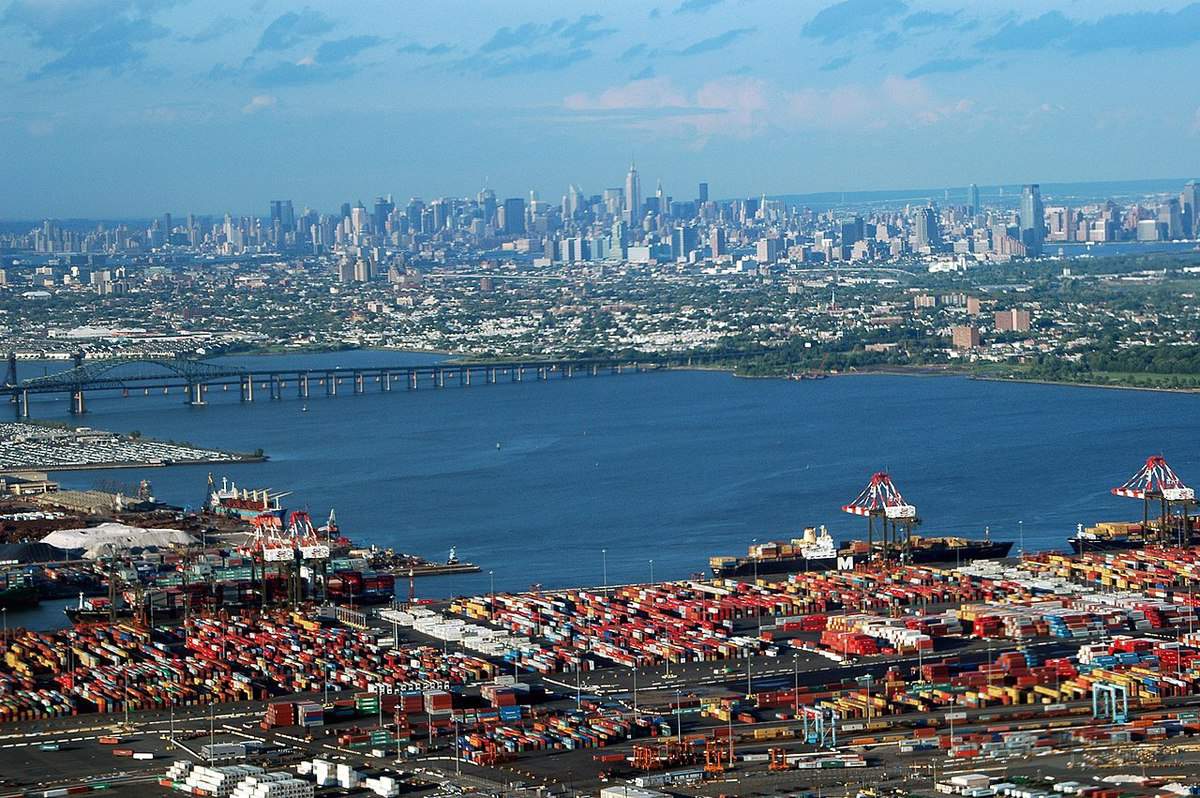West Coast ports have taken their medicine; now it’s time for the East Coast to suffer.
China’s economy is working to make up for lost time (air pollution now exceeds 2019 levels), and West Coast volumes have already started reaping the benefits, gaining momentum out of their March trough.
Economic damage in Europe will be deeper and last longer than in the United States, according to both scenarios outlined by McKinsey, which we discuss in the last section of this report. That means that imports into New York/New Jersey could be lower for longer, even as businesses in the region tentatively resume operations.
Import-related pain on the East Coast will affect trucking more than the previous disruptions on the West Coast. The rule of thumb is that about one-third of international containers into West Coast ports feed truckload carriers, while the majority goes onto intermodal trains. On the East Coast, due to shorter average lengths of haul, those proportions are reversed, but CSX and Norfolk Southern intermodal volumes are still exposed to downside risk.
At this moment, the preponderance of the data tells us that the worst part, the deepest part, of the global trade trough is behind us, but climbing out of it will take a long time, and volumes may not return to 2019 levels in 2020.
Members Only
You have selected content that's only available to members of FreightWaves Passport. As a member, you gain immediate access to the most in-depth and informative freight research available. It's your gateway to continuing education.
Members also get:
- Access to exclusive community dedicated to discussing the most important challenges facing freight.
- Monthly and Quarterly Freight Market reports keeping you informed of industry trends.
- Much, much more!
Click below to learn more and sign up today!
Subscribe
Existing Passport subscribers may log in using the form below.
